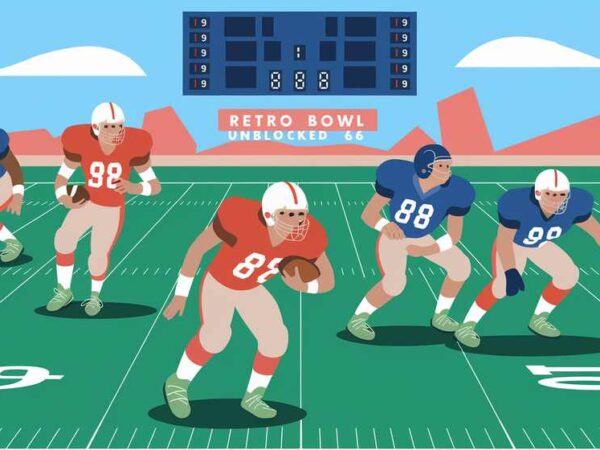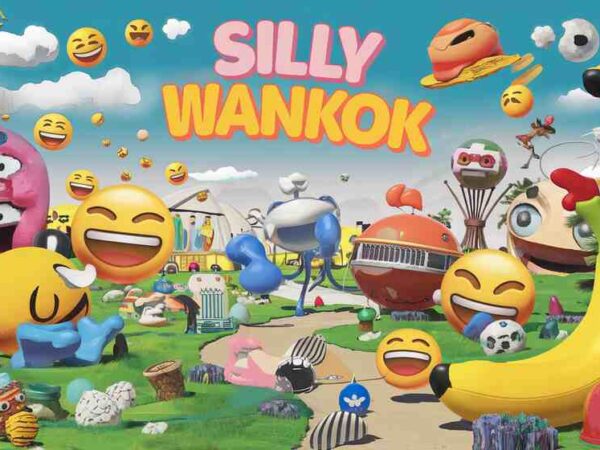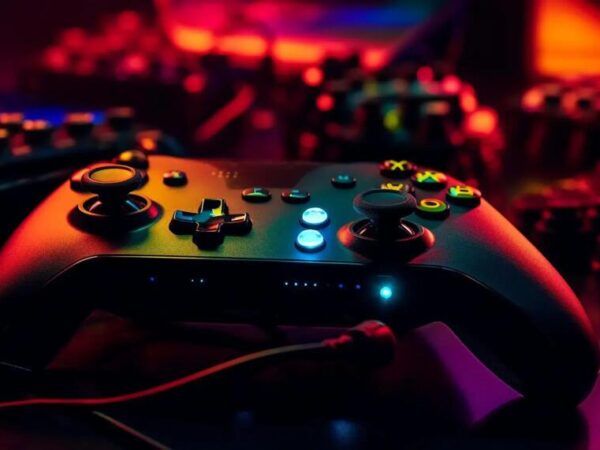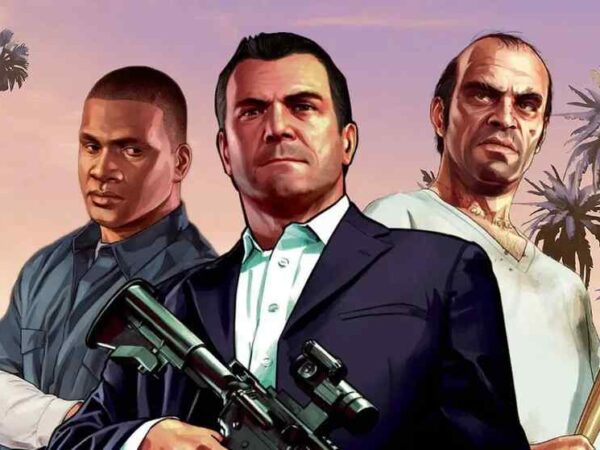Ugly Cartoon Characters: Exploring Animation’s Unconventional Icons
Animation has long been a medium of creativity, with characters often designed to capture the hearts of audiences through beauty or charm. However, a particular category of cartoon characters stands out for their unique, sometimes “ugly” designs. These unconventional icons challenge traditional aesthetics, offering depth, humor, and relatability beyond surface-level appearances. This article will explore the fascinating world of ugly cartoon characters, examining their role in storytelling, cultural impact, and evolution over time.
The Role of Aesthetics in Character Development
Historical Context of Character Design in Animation
From the early days of animation, character design has been a powerful storytelling tool. Classic cartoons like Steamboat Willie and Betty Boop relied heavily on appealing, symmetrical characters to attract audiences. Over time, animators began experimenting with exaggerated and unconventional aesthetics to introduce variety and complexity to their creations. Ugly cartoon characters emerged as a counterbalance to traditional beauty, serving as comedic relief, antagonists, or even unexpected heroes.
How ‘Ugly’ Designs Contribute to Storytelling and Depth
Ugly cartoon characters often serve as metaphors for more profound themes. Their appearances can symbolize societal rejection, inner beauty, or the idea that imperfections make us human. These characters emphasize their personality, struggles, and growth by straying from conventionally attractive designs. For instance, an unattractive villain’s design might reflect their moral corruption. At the same time, a “homely” protagonist could underline the story’s message of self-acceptance and resilience.
Iconic ‘Ugly’ Cartoon Characters
Shrek: The Lovable Ogre Challenging Beauty Norms
DreamWorks’ Shrek revolutionized the way audiences perceive animated characters. As an ogre with a hulking frame, green skin, and an unconventional face, Shrek defied the traditional “Prince Charming” archetype. His charm lay in his humor, kindness, and relatability, making him a global icon for embracing individuality. Shrek’s journey to self-acceptance resonated with audiences, proving that heroes don’t need to fit a cookie-cutter mold.
Quasimodo: The Embodiment of Inner Beauty
Disney’s The Hunchback of Notre Dame introduced audiences to Quasimodo, a character whose physical deformities made him an outcast. Despite his appearance, Quasimodo’s pure heart and courage shone through. His story challenged viewers to look beyond surface-level judgments, showcasing the triumph of character over appearance.
Ursula: Redefining Villainy Through Unconventional Design
In The Little Mermaid, Ursula’s octopus-like features and larger-than-life figure set her apart from Disney’s other villains. Her design was intentionally grotesque, blending sea creature elements with human traits to create a striking and unforgettable presence. Ursula’s charisma and cunning made her an iconic villain, proving that power and personality can overshadow traditional beauty.
The Grinch: Physical Appearance Reflecting Inner Change
Dr. Seuss’ The Grinch used its titular character’s design to mirror his emotional transformation. His green, scraggly appearance, and twisted grin symbolized his bitterness and isolation. As the story progressed, his heartwarming redemption was accompanied by subtle shifts in his demeanor, demonstrating the interplay between external looks and internal growth.
Psychological and Cultural Implications
Audience Perception of ‘Ugly’ Characters
Ugly cartoon characters often evoke mixed reactions from audiences. While some may initially feel repelled, these characters frequently win hearts through their depth, humor, or relatability. Their imperfections make them accessible and human, encouraging viewers to embrace flaws in themselves and others.
Cultural Variations in the Portrayal of Unconventional Appearances
Different cultures interpret “ugliness” uniquely, often influenced by societal norms and values—for example, Western animation associates horror with villains or comic relief. At the same time, Eastern traditions, such as anime, often use unconventional designs to emphasize individuality or mystical traits. Understanding these cultural nuances enriches the appreciation of ugly cartoon characters and their global appeal.
The Evolution of ‘Ugly’ Characters in Modern Animation
Shifts in Design Philosophy Over the Decades
Over time, ugly cartoon characters have transitioned from caricatures to complex individuals. Early cartoons often exaggerated unattractive traits for comedic effect, but modern animation embraces these designs as part of multifaceted storytelling. Characters like Shrek and the Grinch represent a shift towards celebrating diversity in all its forms.
The Influence of Technology on Character Aesthetics
Advancements in animation technology have also expanded the possibilities for character design. CGI, for instance, allows animators to create detailed, textured designs that bring ugly cartoon characters to life in ways that traditional methods couldn’t. These innovations enhance the realism and relatability of unconventional characters, making their stories more impactful.
Case Studies
“Aaahh!!! Real Monsters”: Celebrating Grotesque Designs in Children’s Animation
Nickelodeon’s Aaahh!!! Real Monsters was a children’s show that showcased bizarre, grotesque creatures, turning the concept of “ugly” on its head. The show celebrated these quirky characters as heroes, teaching young viewers to appreciate differences and find beauty in the unusual.
“The Oblongs”: Satire and Social Commentary Through Unconventional Characters
The adult animated series The Oblongs tackled societal issues through its cast of deformed and unconventional characters. Using humor and satire, the show highlighted themes of acceptance and resilience, proving that even the most unconventional designs can deliver powerful messages.
The Impact on Audience and Pop Culture
Merchandise and Fan Reception of ‘Ugly’ Characters
Ugly cartoon characters often develop cult followings, with fans celebrating their uniqueness through merchandise, fan art, and cosplay. From Shrek-themed birthday parties to Grinch-inspired holiday décor, these characters have become cultural staples, proving their enduring popularity.
Longevity and Legacy in Popular Culture
Unconventional characters leave lasting legacies, shaping how audiences perceive beauty and storytelling in animation. Their influence extends beyond the screen, encouraging discussions about representation, acceptance, and the value of individuality.
Conclusion
Ugly cartoon characters are far more than their appearances. They challenge societal norms, enrich storytelling, and offer meaningful lessons about self-acceptance and empathy. From Shrek’s endearing journey to the grotesque charm of Aaahh!!! Real Monsters, these icons prove that beauty is subjective and imperfections are what make us unique. As animation continues to evolve, ugly cartoon characters will remain integral to its creative landscape, inspiring audiences to look beyond the surface and celebrate the extraordinary in the unconventional.
Do Read: Comprehensive Guide to ModEditor: Unleashing Creativity in Game Modding







